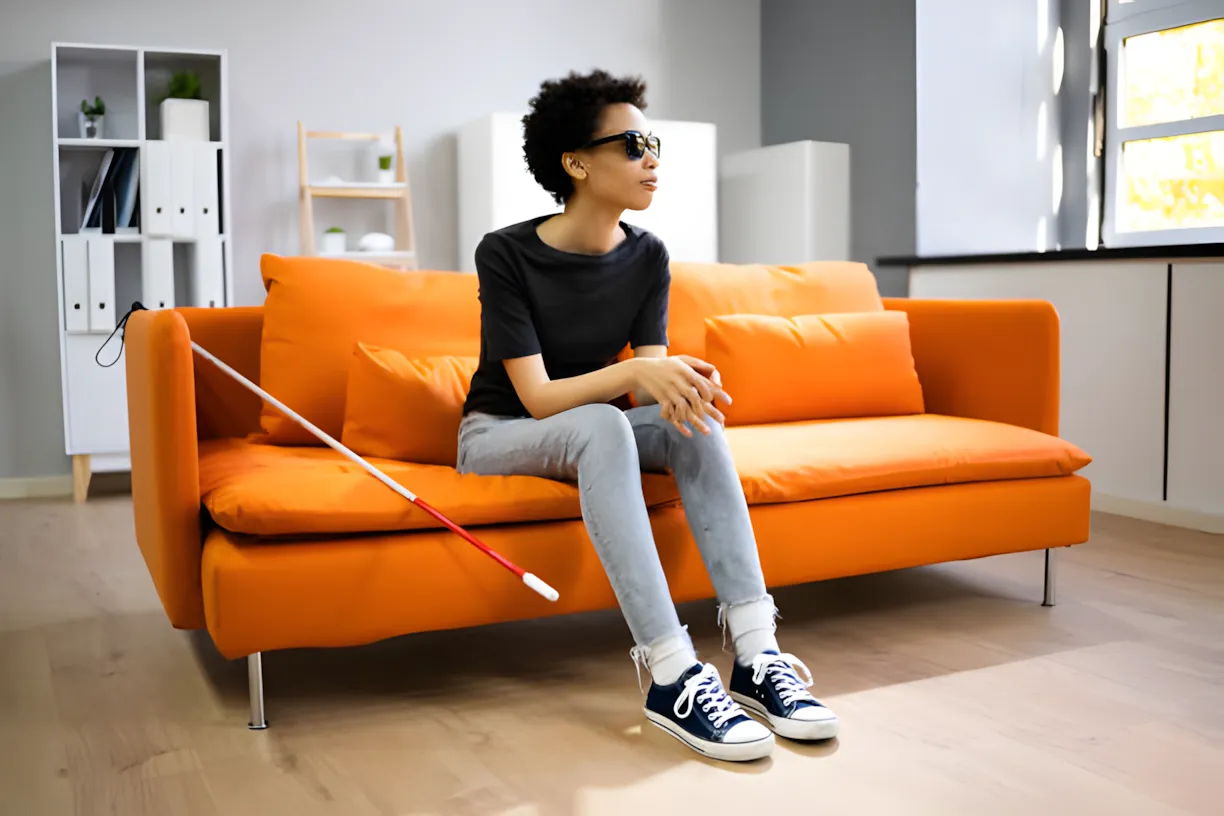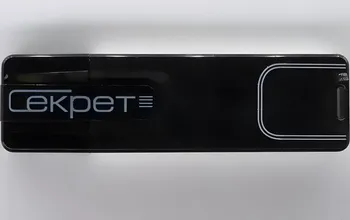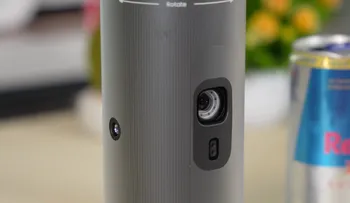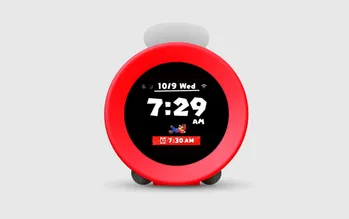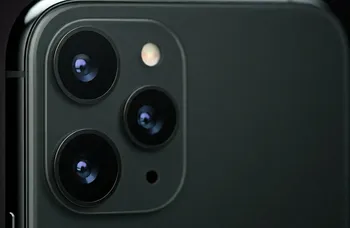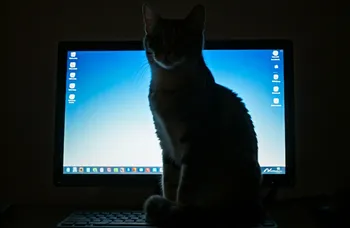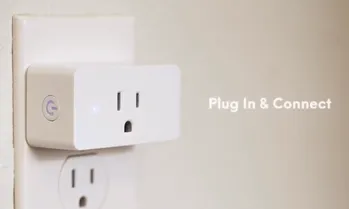Elon Musk has already demonstrated with Neuralink that there are talented minds at work: people who were paralyzed can play computer games again using this brain implant. The next step for Neuralink goes further: Blindsight is designed to enable blind people to see, even if they were born blind.
The American Food & Drug Administration has approved a human test and even calls the technology groundbreaking. A groundbreaking status means that technological gadgets must be developed faster. This is why Neuralink is already looking for test subjects who are blind. However, it only asks for people from the United Kingdom, United States, and Canada, so unfortunately, Dutch people with visual challenges are excluded.
Neuralink may not immediately implant a device in the brain of the test subject tomorrow, but you can definitely sign up as a Neuralink patient. Neuralink's previous invention was a chip that is placed in the brain to understand and transmit brainwaves to a computer or phone. This is due to a series of 96 flexible and small electrode wires containing 32 electrodes on each wire, totaling 3072 electrodes.
It remains unclear whether Blindsight works similarly: someone does not need eyes or optic nerves as long as the visual cortex in the brain is present. Neuralink's Blindsight would use peaks in the brain to do its work, but exactly how it makes things visually appear, we still have to see. Musk says that initially, it will likely be a rather poor image with thick pixels like those from old games. However, he also believes that you might eventually see better and clearer than someone who can see.
In any case, this is different from the previous invention: this time, three people are provided with an implant and will work with the device for years. How someone sees a picture is unknown, but it's exciting to imagine how blind people who have never seen anything in their lives might experience seeing for the first time. From feeling a world of only sounds, smells, tastes, and all those visual stimuli that come along, this will likely require significant adaptation, which is why it's probably good that Neuralink takes its time with this. Whether we are kept informed in the meantime remains to be seen: the company has been criticized before for not being open enough. We eagerly await news from someone who was born blind about what seeing for the first time might be like.


